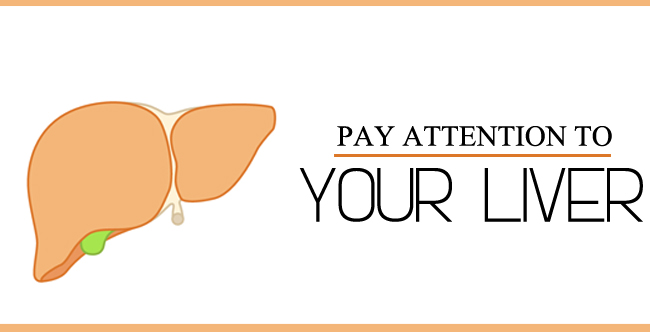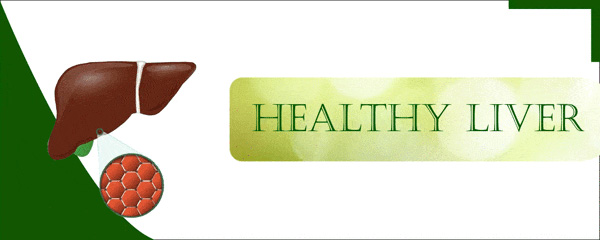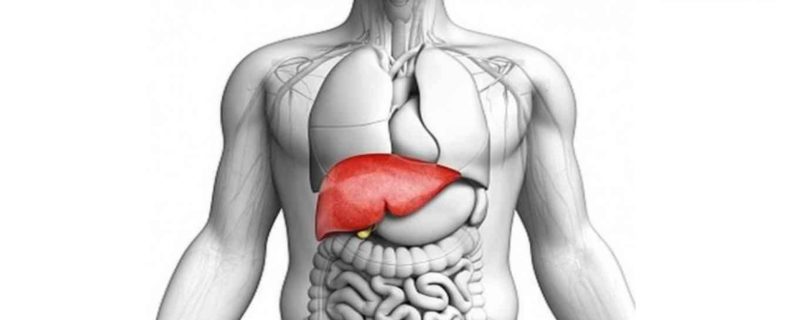Subtotal: $8.00

Liver is a multitude of important and complex functions. The principal roles of the liver include removal of toxins from the body, processing of food nutrients and regulation of body metabolism. There is a wide range of conditions that can prevent the liver from performing its vital functions.
Hepatitis is one of the major problems. The word hepatitis comes from the Ancient Greek word hepar and Latin word Jecur meaning ‘liver’ and Itis means ‘inflammation’. Hepatitis means inflammation of the liver cells .The condition can be self-limiting or can progress to fibrosis (scarring), cirrhosis or end stage liver disease. Hepatitis virus is the most common cause of hepatitis in the world.
Types of Virus
There are 5 main types of viruses that cause hepatitis, referred to as type A, B, C, D and E. These 5 types are of great concern because of the number of the deaths they have caused. In particular, types B and C that lead to chronic diseases in millions of people, are the most common cause of liver cirrhosis and end stage liver disease.

Transmission and Prognosis of Various types of hepatitis
Hepatitis A
This type derives from an infection caused by hepatitis A virus (HAV). It is most commonly transmitted by consuming food or water contaminated with feces from a person infected with hepatitis A.
Hepatitis B
This type derives from an infection with the hepatitis B virus (HBV). This type is transmitted through puncture wounds or contact with infectious body fluids, such as blood, saliva, or semen, or sharing razors with an infected person increases the risk of getting hepatitis B.
Hepatitis B Prognosis–The hepatitis B virus usually only stays in the system for around one to three months and is therefore an acute infection. About 20% of people who develop long-term infection will develop liver disease and suffer from scarring or cirrhosis of the liver. Which can lead to death.
Hepatitis C
This type comes from the hepatitis C virus (HCV) which is transmitted through direct contact with contaminated body fluids, typically through infected syringes.
Chronic hepatitis C is long-term and can lead to permanent liver scarring (cirrhosis).
Hepatitis D
This is also called delta hepatitis. Hepatitis D is a serious liver problem caused by the hepatitis D virus (HDV). HDV is contracted through puncture wounds or contact with infected blood. Hepatitis D is a rare form of hepatitis that occurs in conjunction with hepatitis B infection.
Chronic infection with HDV occurs in less than 5% of patients. Infection with HDV in a patient who is already positive for the hepatitis B surface antigen (HBsAg) is known as super infection and results in liver failure in 5% of patients.
Hepatitis E
Hepatitis E is a waterborne disease caused by the hepatitis E virus (HEV). Hepatitis A and E are normally contracted from eating contaminated foods or drinking contaminated water. Hepatitis B, C, and D are contracted through contaminated blood. These forms of hepatitis can be either acute or chronic. Types B and C usually become chronic.
Ayurveda for Hepatitis
Many of the Ayurvedic herbs have shown remarkable results in clinical trials and studies. Some of these are Eclipta alba (Bringraj), others are boerhavia diffuse (Punarnava).
How Ayurveda at ND Care works?
We at ND Care have developed for hepatitis. A unique TRIPLE MODE OF ACTION of action for hepatitis – Our herbal medication contains various active our combinations ingredients which have the
following effects on the body:
- Anti-Viral effect: These act as antiviral agents and attack the virus. For Ex :- Amla
- Immunomodulator effect: These modulate the immune system making it much more potent so that it can attack the virus and fight it. For Ex :- Giloy
- Habitat destruction herbs: These combinations make the media i.e. the conditions of the body unfit and non-suitable for the division every living organism requests a particular let of conductor for its survival of the virus so that left inside body after the first two attack on it done by our antiviral and immunomodulator combination is wiped off by this third attack of habitat destroying combinations.
Our combinations play a significant role in protecting the liver from cirrhosis and fibrosis. Animal and clinical studies done on Phllanthus Amarus, Phyllanthus Niruri, and Eclipta Alba have proven their ability to reverse HBV infections in approximately 60% to 70% of patients. Most significantly, these are able to inhibit the cellular process, which leads to cirrhosis and fibrosis.

 Avipatikar
Avipatikar 




